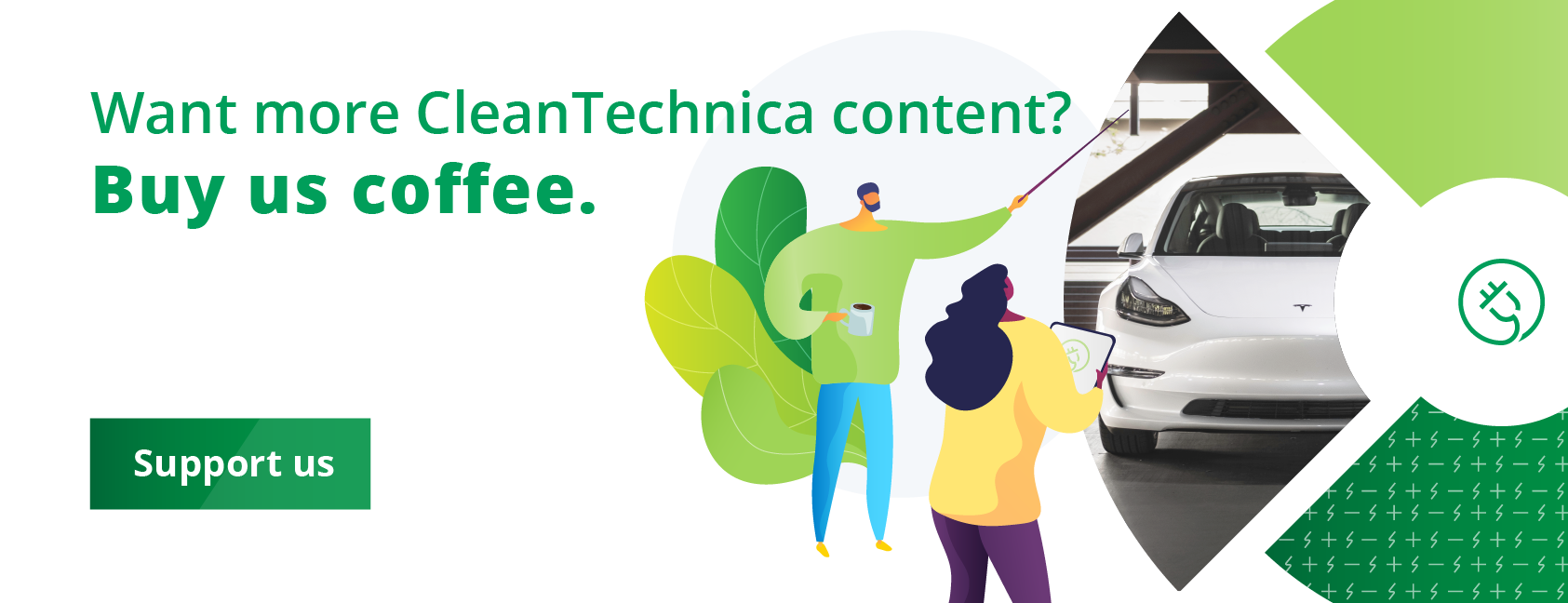
To the extent that electric vehicles can help stop catastrophic climate change, they are doing the best they can. Shifting transportation modes into walking, biking, and mass transit would help even more, but for as long as car culture is here to stay, switching from gasoline to electricity is the next best thing, and a new superfast charging EV battery from CATL could help accelerate the electrification trend.
How Fast Is A Superfast Charging EV Battery?
CATL started life in 2011 as a startup spun out of the firm Amperex Technology Limited, with the acronym standing for Contemporary Amperex Technology Co., Limited. The China-based company soon carved out a name for itself in the annals of EV battery history and forging partnerships partnerships with Honda, Daimler, Tesla, Toyota, Volkswagen, and other leading automakers (see complete CleanTechnica coverage here).
It takes a lot for CATL to top itself, but that appears to be the case. CATL calls the new EV battery “Shenxing,” and they pulled out all the stops for this one.
CATL describes the Shenxing EV battery as “the world’s first 4C superfast charging LFP battery,” as measured by its ability to register 400 kilometers of driving range on just a 10-minute charge.
That’s almost 249 miles, which is within shouting distance of the weekly average for drivers in the US. The Federal Highway Administration calculates that the average driver logs 14,263 per year or just over 274 miles per week.
Things get a little farther out of reach when broken down by age and male/female gender, which the FHA does. They indicate that average miles per year peaks among males age 35-54 at 18,858 miles, or almost 363 miles per week.
Not to worry. CATL notes that the Shenxing EV battery can deliver more than 700 kilometers — almost 435 miles — when fully charged.
The point is that spending 10 minutes per week at the local superfast EV charging station to go 249 miles is comparable to the time spent filling up a gasmobile with planet killing fluid. That’s a pretty reasonable expenditure of time for the results, and it could — or should — help tip members of the car buying public farther over to the EV side.
What Is This LFP EV Battery Of Which You Speak?
As for how CATL managed to pack so much punch into its new EV battery, that’s the lithium-iron-phosphate (LFP) formula at work. Until recently, LFP batteries were considered too heavy and bulky for electric vehicles. However, their superior performance on safety issues and the prospect of avoiding the pitfalls of overseas supply chains kept the R&D wheels humming. Now the emerging consensus is that new LFP technology is superior to the familiar nickel-manganese-cobalt (NMC) formula, and auto industry stakeholders have been climbing on board.
Last winter, for example, Ford announced a new venture to manufacture LFP batteries in Michigan, starting in 2026. The US firm KORE Power is also revving up a new factory in Arizona that will produce LFP batteries as soon as 2024.
There’s going to be plenty more where that came from. In 2021 the US Department of Energy produced an EV battery roadmap that leans heavily on alternatives to NMC technology to grease the automotive supply chains of the future. “The worldwide battery market is expected to grow by a factor of 5 to 10 over the next decade,” the Energy Department explains, while setting a goal of eliminating cobalt and nickel in EV batteries by 2030.
What’s So Great About 4C Superfast EV Charging?
CATL emphasizes that the availability of 4C superfast charging will help lift the heavy veil of EV range anxiety from the car-buying public. That is also the opinion of the US Department of Energy. The convenience of charging an EV at home attracts many electric car buyers despite the long length of time involved, but home charging is just the starting gate. The Energy Department is among those anticipating that public fast charging stations are the key to unlocking even more EV buyers.
“The majority of BEV recharging is done at home, but having access to public direct current (DC) fast chargers can have a big impact on BEV utility from a consumer perspective,” the Energy Department reported back in 2017.
Beyond the actual use of fast-charging stations, that impact extends to the peace of mind factor. EV drivers behave differently when they know fast charging stations are available when needed. As a result, EV drivers with access to fast-charging stations tend to put more miles on their cars under normal charging conditions.
“Studies have shown that in areas where drivers have access to 50-kW or 120-kW fast charge stations, annual electric vehicle (EV) miles traveled (i.e., eVMT) increased by over 25%, even in cases where fast charging was used for 1% to 5% of total charging events,” the Energy Department noted.
“To be truly competitive to the ICEV refueling experience, even higher power stations are necessary. To address the fast charge barrier, charging at 400-kW, or extreme fast charging (XFC), has been proposed,” they added.
CATL Toots Own Battery Horn
As for why superfast EV charging has not been here all along, the Energy Department’s National Renewable Energy Laboratory offers a quick explainer.
“As batteries charge, lithium ions race from the negative electrode to the positive anode. On arrival, ions insert into graphite particles — a process called intercalation — to store energy. The faster lithium ions move, the faster a battery will charge. However, if you push these ions too hard, they fail to intercalate successfully,” they explain. “In this scenario, lithium forms a dense metallic barrier on the surface of graphite materials, which impedes the movement of lithium ions during charge and discharge.”
“This phenomenon, known as lithium plating, has catastrophic impacts on battery performance, safety, and lifetime,” they add for good measure.
The shorter version is that years of R&D work go into designing an EV battery that can charge quickly without face-planting itself, and CATL is not shy about tooting its own horn over the new Shenxing battery’s contributions to the cause.

“Shenxing leverages the super electronic network cathode technology and fully nano-crystallized LFP cathode material to create a super-electronic network, which facilitates the extraction of lithium ions and the rapid response to charging signals,” the company stated in a press release.
CATL also explained that the graphite surface in its new EV battery has been modified to maximize the efficiency of lithium ion inseration, or, as they colorfully put it, to create “an expressway for current conduction. ”
Among other improvements, the new tweaks include a layered approach to electrode design, aimed at balancing fast charging with driving range.
“CATL has developed a brand-new superconducting electrolyte formula, which effectively reduces the viscosity of the electrolyte, resulting in improved conductivity,” they also note.
Hold on to your hats. In a study published last spring in the journal Nature Sustainability, a research team from Northwestern University suggests that it may be “challenging” for LFP batteries to meet the domestic or free-trade sourcing standards to qualify for tax credits under the Inflation Reduction Act.
Maybe take the bus next time?
I don’t like paywalls. You don’t like paywalls. Who likes paywalls? Here at CleanTechnica, we implemented a limited paywall for a while, but it always felt wrong — and it was always tough to decide what we should put behind there. In theory, your most exclusive and best content goes behind a paywall. But then fewer people read it! We just don’t like paywalls, and so we’ve decided to ditch ours. Unfortunately, the media business is still a tough, cut-throat business with tiny margins. It’s a never-ending Olympic challenge to stay above water or even perhaps — gasp — grow. So …




